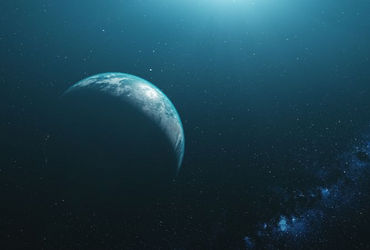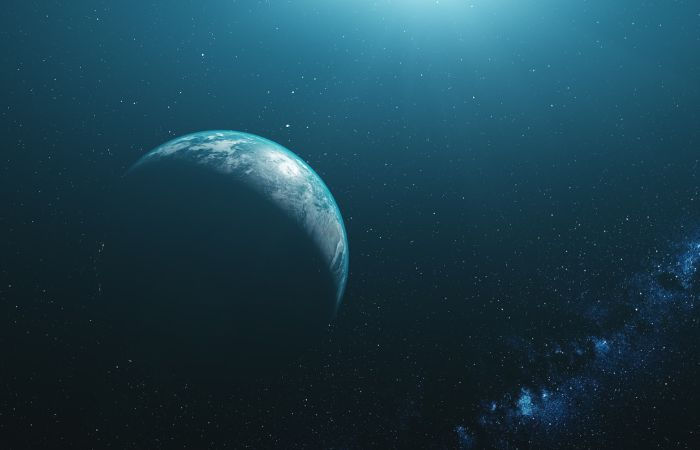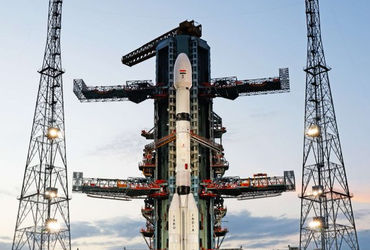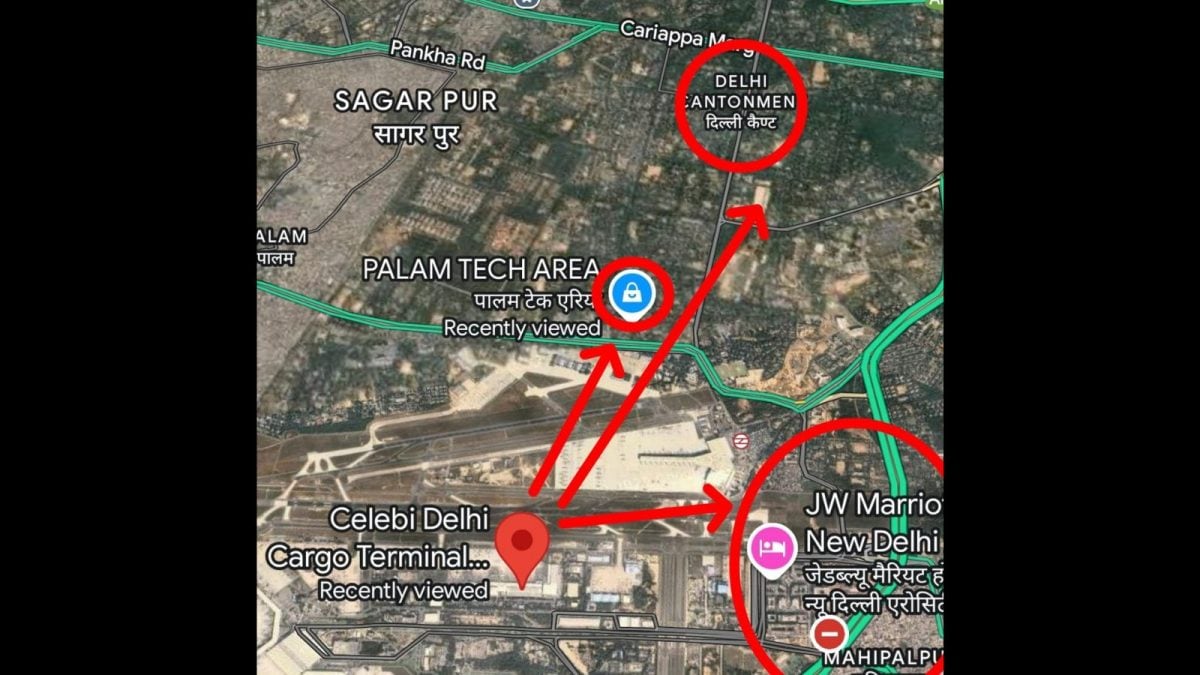Water-rich world 124 light-years away could harbour hidden ocean, say scientists
Representative imageIn a major leap towards the search for habitable worlds beyond our Solar System, scientists have confirmed that an exoplanet located 124 light years from Earth is rich in water, raising hopes that it could support a hidden liquid ocean.The planet, K2-18 b, orbits a cool dwarf star in the constellation Leo and is classified as a “temperate sub-Neptune”, a category of planets larger than Earth but smaller than Neptune. Using four new transit observations from NASA’s James Webb Space Telescope (JWST), researchers have detected clear signatures of carbon dioxide (CO₂) and methane (CH₄) in the planet’s atmosphere—key indicators of a water-rich environment.The findings, in a study published on July 16, suggest that K2-18 b may have either a thick atmosphere containing more than 10% water by volume or a thin hydrogen-rich atmosphere layered above a liquid-water ocean. Either scenario places the planet among the most compelling candidates for further study in the ongoing quest to understand where—and how—liquid water might exist in the cosmos.Notably, despite the planet’s water-rich classification, scientists found no detectable signs of atmospheric water vapor (H₂O), ammonia (NH₃), or carbon monoxide (CO). This absence is likely due to a cold trap mechanism, which may be pulling water deeper into the planet's system, potentially forming a subsurface liquid layer.While earlier data hinted at the presence of dimethyl sulfide (DMS)—a compound known to be produced by life on Earth—the new JWST spectrum only shows marginal signals of DMS, as well as of methyl mercaptan (CH₃SH) and nitrous oxide (N₂O). None of these detections reached the threshold needed to confidently claim their presence.Interestingly, models suggest that these molecules could also form abiotically in thick hydrogen atmospheres with high metallicity, complicating their use as straightforward biosignatures. Still, K2-18 b remains a top candidate for future observation campaigns aimed at detecting potential signs of habitability or even life.“This planet is not Earth-like in size or composition, but it offers one of the best opportunities we have for studying the chemistry of possible ocean worlds,” the study notes. “Further characterisation of K2-18 b’s atmosphere and interior will be crucial.”As telescopes become more advanced, researchers hope to unlock more secrets of planets like K2-18 b—revealing not just where water exists in the universe, but what that means for life beyond Earth.

 |
| Representative image |
In a major leap towards the search for habitable worlds beyond our Solar System, scientists have confirmed that an exoplanet located 124 light years from Earth is rich in water, raising hopes that it could support a hidden liquid ocean.
The planet, K2-18 b, orbits a cool dwarf star in the constellation Leo and is classified as a “temperate sub-Neptune”, a category of planets larger than Earth but smaller than Neptune. Using four new transit observations from NASA’s James Webb Space Telescope (JWST), researchers have detected clear signatures of carbon dioxide (CO₂) and methane (CH₄) in the planet’s atmosphere—key indicators of a water-rich environment.
The findings, in a study published on July 16, suggest that K2-18 b may have either a thick atmosphere containing more than 10% water by volume or a thin hydrogen-rich atmosphere layered above a liquid-water ocean. Either scenario places the planet among the most compelling candidates for further study in the ongoing quest to understand where—and how—liquid water might exist in the cosmos.
Notably, despite the planet’s water-rich classification, scientists found no detectable signs of atmospheric water vapor (H₂O), ammonia (NH₃), or carbon monoxide (CO). This absence is likely due to a cold trap mechanism, which may be pulling water deeper into the planet's system, potentially forming a subsurface liquid layer.
While earlier data hinted at the presence of dimethyl sulfide (DMS)—a compound known to be produced by life on Earth—the new JWST spectrum only shows marginal signals of DMS, as well as of methyl mercaptan (CH₃SH) and nitrous oxide (N₂O). None of these detections reached the threshold needed to confidently claim their presence.
Interestingly, models suggest that these molecules could also form abiotically in thick hydrogen atmospheres with high metallicity, complicating their use as straightforward biosignatures. Still, K2-18 b remains a top candidate for future observation campaigns aimed at detecting potential signs of habitability or even life.
“This planet is not Earth-like in size or composition, but it offers one of the best opportunities we have for studying the chemistry of possible ocean worlds,” the study notes. “Further characterisation of K2-18 b’s atmosphere and interior will be crucial.”
As telescopes become more advanced, researchers hope to unlock more secrets of planets like K2-18 b—revealing not just where water exists in the universe, but what that means for life beyond Earth.
What's Your Reaction?

















































































